Figures & data
Figure 1. Photograph of a micro-dissected biopsy taken 4 weeks after knee arthrodesis, comprising the junction between the femur and tibia. Note the spatially limited bone formation. From Charnley and Baker (Citation1952) with permission.
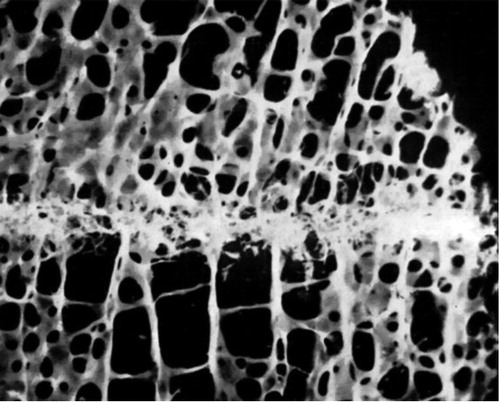
Figure 2. A drawing of the main bone-forming process in inter-trabecular bone formation; condensations of mesenchymal cells forming osteoid, which becomes woven bone.
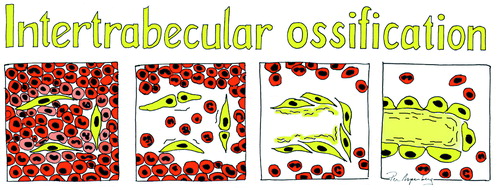
Figure 3. Inter-trabecular bone formation 7 days after a drill hole (dotted line) in the proximal tibia of a mouse. A. Histology. B. MicroCT (not the the same sample).
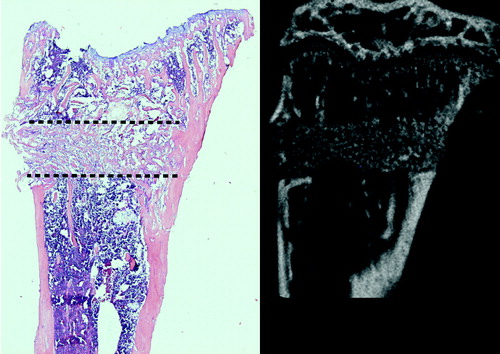
Figure 4. Inter-trabecular bone formation in human distal radius 16 days after fracture. T indicates old trabeculae.
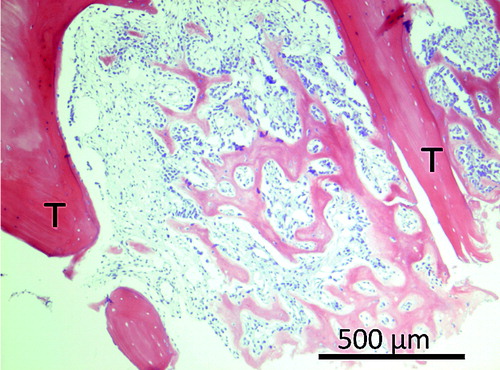
Figure 5. The principle behind most available models for mechanical testing of cancellous healing. Red denotes the area that contributes to the mechanical properties measured.
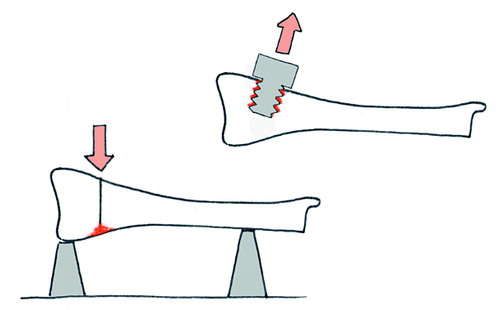
Published models that allow mechanical evaluation of cancellous healing
